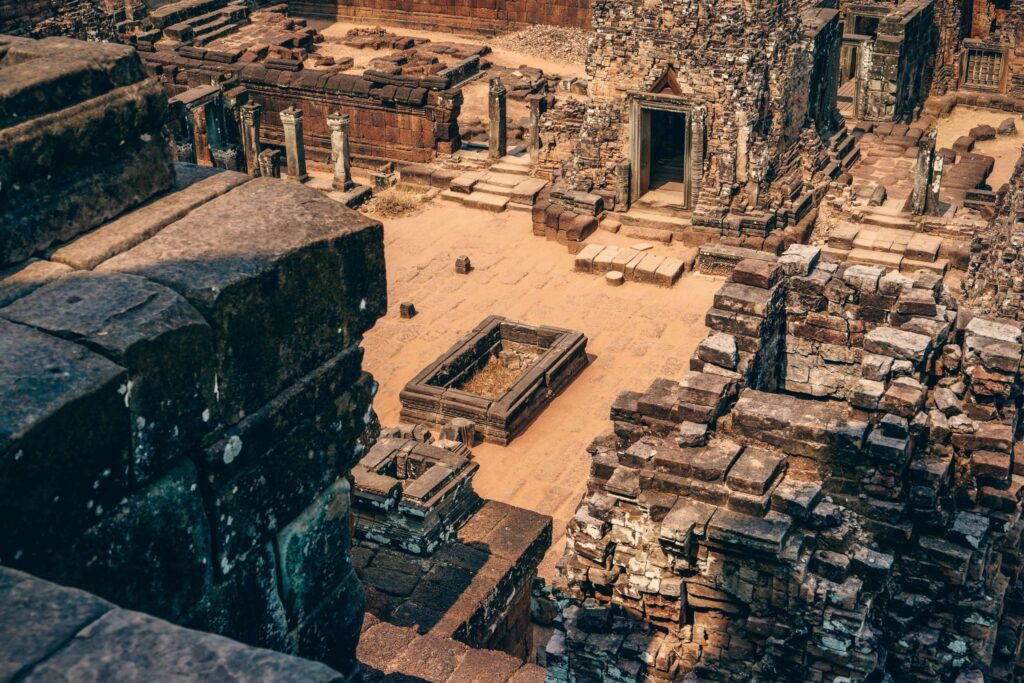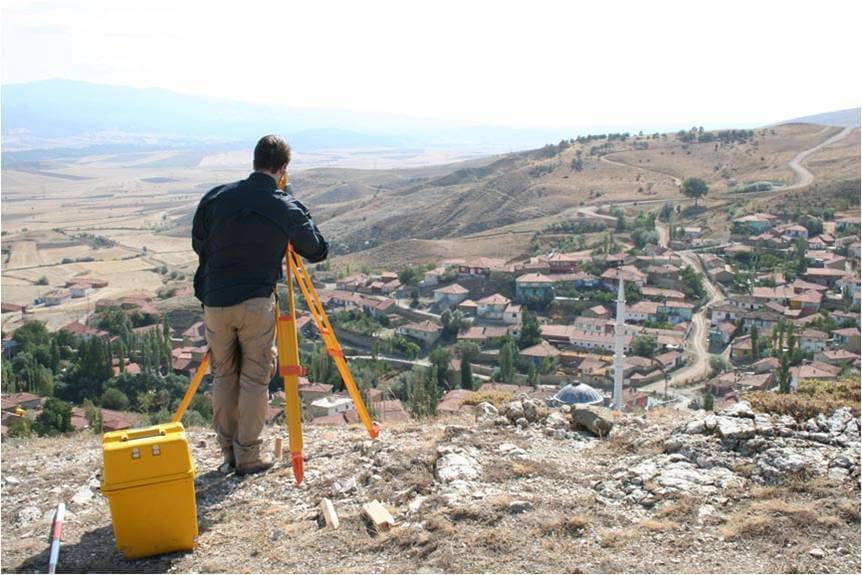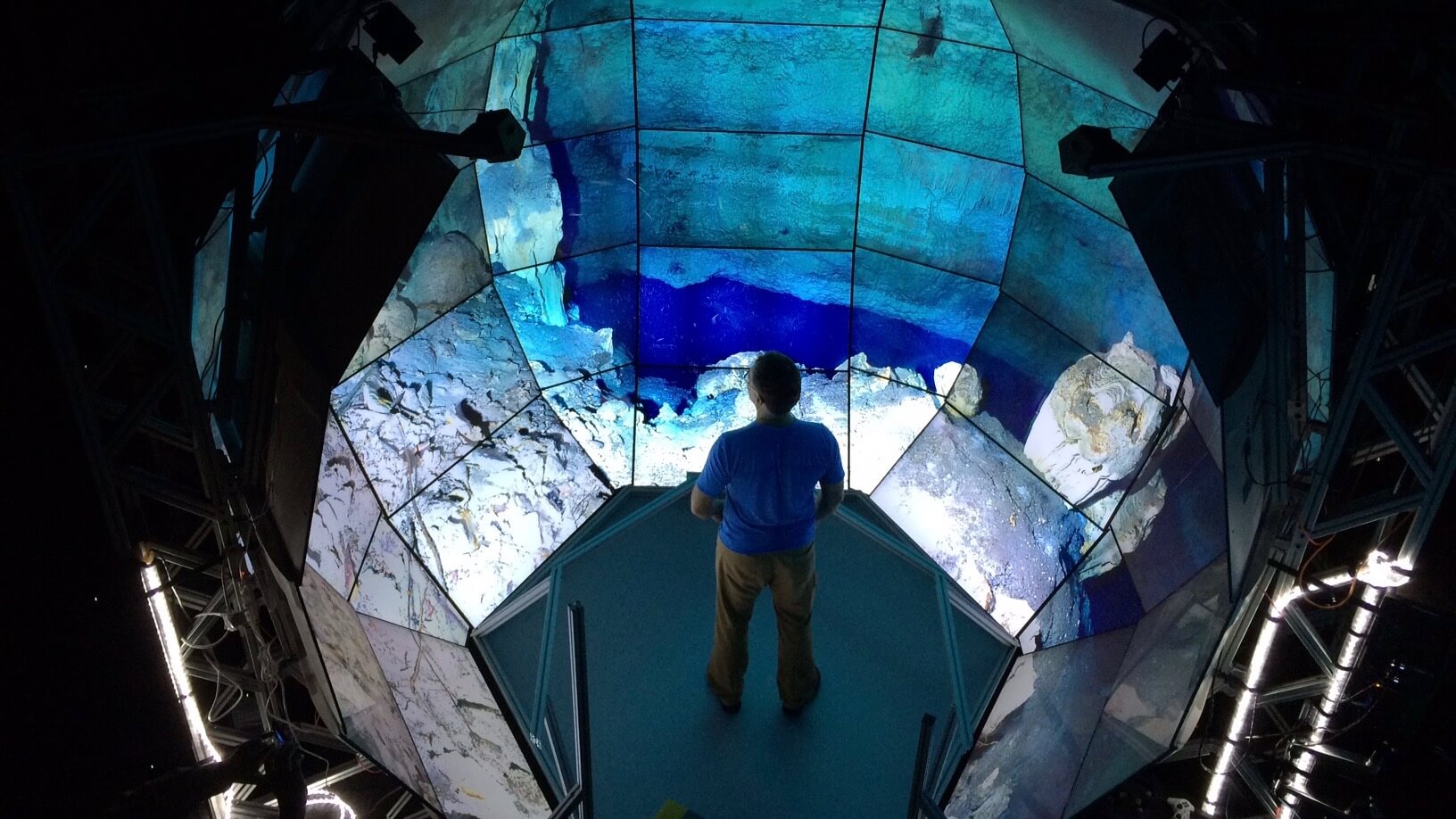
Harrison Ford showed us how thrilling archaeology and human history could be while fighting off the bad guys. And while real archaeologists don’t jump from cars or heal their fathers with the Holy Grail like Indiana Jones, they do find incredible fossils, relics, and sites. And today, they use digital data and data visualization to find them.
Why do old relics matter?
The field isn’t for everyone and it probably sounds boring to some people, but it uncovers crucial information in human history. Excavations can uncover new facts about genealogical science, historical context, biology, and weather patterns. Frequently overlapping with anthropology, history, and even science, archaeology is a reliable study of the past. Archeology provides clues and physical evidence of human achievements and change over time. We are able to learn how genomes, language, and even agriculture spread, which bolsters our long-term understanding of human civilization. Human history is more than just textbooks as we might have learned in school. And maybe it doesn’t excite everyone, but we can’t deny its impact. The scale is unimaginable. Now, archaeologists and historians can search for and connect information all over the world.
How can digital data help?
200 years ago, archaeological leaders were blowing up holes in the Great Pyramid of Giza just to see what’s inside. They didn’t have the technology back then and destroyed precious historical sites during excavation. Today, digital tech and data are used to find and map archaeological sites without destroying the site and environment.
 Thanks to a better understanding of culture and science, modern archaeology balances preservation and education. From robotics to virtual reality, archaeologists are using more and more data analysis to track down important sites and visually reconstruct them.
Thanks to a better understanding of culture and science, modern archaeology balances preservation and education. From robotics to virtual reality, archaeologists are using more and more data analysis to track down important sites and visually reconstruct them.
 Virtual 3D recreations open the door to the public to explore the past. Marine archaeologists and galactic archaeologists largely depend on technology and data. Your health might even benefit since we now have the technology and accurate data that tells us about the evolution of past illnesses.
Virtual 3D recreations open the door to the public to explore the past. Marine archaeologists and galactic archaeologists largely depend on technology and data. Your health might even benefit since we now have the technology and accurate data that tells us about the evolution of past illnesses.
With careful research, archaeologists can even find sites that aren’t visible to us. And none of this would be possible without data visualization. It’s even helping archaeologists and climate scientists come together for historical cross-analysis of Earth’s climate and how that affects human behavior. Big data benefits the public, too. Non-invasive archaeology compiles images and dimensions to recreate sites and relics as they existed in their time. Easily see interactive and clearer images of fragile and inaccessible sites.
What does this mean for the future?
Because digital visualization is so data based, we can preserve many sighting even after they’re gone. There are more threats to modern conservation due to excessive tourism, warfare, and natural disasters but digital visualize long after we’ve lost them. We’ve already lost many sites and relics so we need to preserve them alternatively. Cyber-archaeology will be the future to accessing older data for a closer insight into humans. Unlike before, we can digitally archive architecture models, scans of artifacts, and more, immortalizing the images as digital data. This opens the door for new discoveries and life-changing insights. There’s no telling what archaeologists will find, but we can support human history with better digital technology and data visualization.
